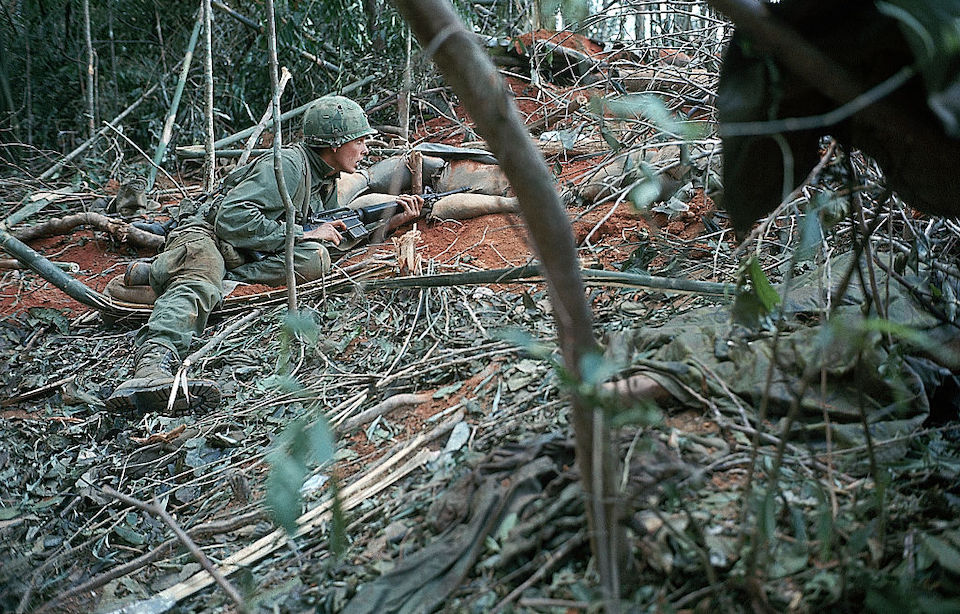Jungle warfare is its own beast. Often called a “Green Hell,” the terrain, animal species and weather conditions force soldiers to contend with an environment not seen in the United States. To ensure troops were prepared, the US Army opened the Jungle Operations Training Center (JOTC) at the now-defunct Fort Sherman.
Jungle Operations Training Center
After the US Army Coast Artillery Corps was decommissioned, the area around Fort Sherman was assigned to the US Army South Jungle Operations Training Center. The area along the Panama Canal had been used on and off since World War I to train soldiers in jungle warfare, but it wasn’t until the Korean War that the Army chose to focus on the JOTC.
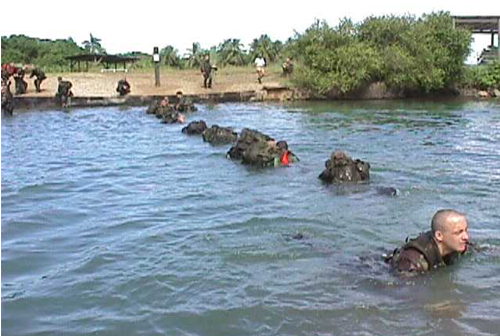
The JOTC hosted troops from the US and allied Central American armies, and had an annual enrolment of 9,000 personnel. The government allocated it an annual budget of $4 million, money which came in handy at the outbreak of the Vietnam War, as the terrain in Panama was similar to that in Vietnam.
In 1976, the Army realized it would be better to train whole battalions, rather than individual troops, as members could learn to coordinate group missions in difficult terrain. The JOTC also taught a 10-day Air Crew Survival Course and a four-week Engineer Jungle Warfare Course.
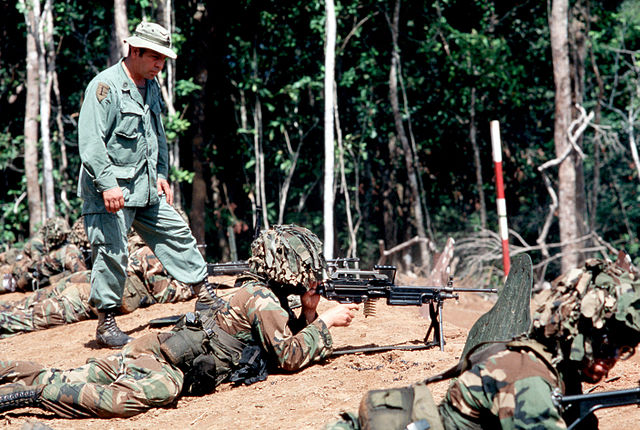
Those who attended the JOTC were forced to think through situations outside of their previous training, and the techniques learned were difficult to replicate in other environments. Upon completion, each soldier was awarded the Jungle Expert Patch.
The jungle is a dangerous place
A primary issue faced during training was the dense foliage and canopy, which hindered how fast a unit moved and interfered with the effectiveness of equipment. Radios and handheld GPS devices were unable to find a signal, and night-vision devices were virtually useless.
The terrain also presented ample opportunities for soldiers to get injured by tripping on tree roots or hidden debris. There was also the ever-present danger of unknown plant species. As such, troops needed to be aware which were poisonous and which could be used as cover.
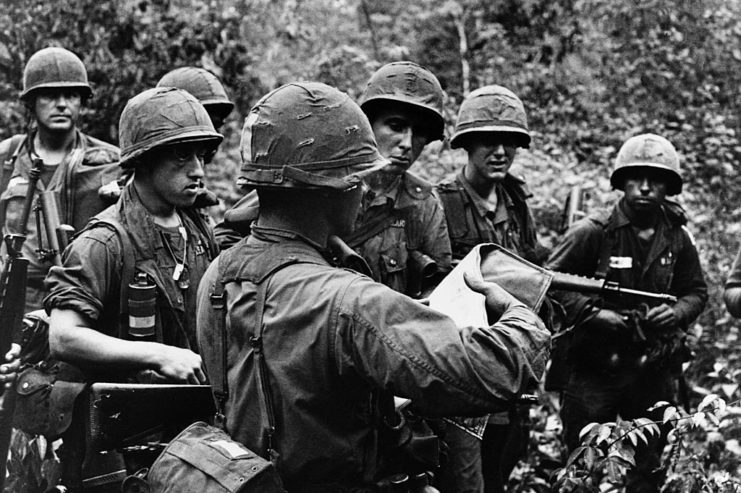
Jungles are synonymous with dangerous animal life, and the Panama Canal is no exception. Those who trained at Fort Sherman were up against some of the most fierce creatures, including the venomous Bushmaster pit viper and crocodiles, the latter of which lived in nearby waterways. In fact, the 158th Regiment called themselves the “Bushmasters” after encountering a pit viper during training.
According to those who trained at the JOTC, the worst encounters were with insects. The spiders were larger than those encountered in the US, and it’s said mosquitos were a constant annoyance. Failing to properly secure netting around living quarters meant a soldier woke up with bites all over their body and risked contracting malaria.
Closure of Fort Sherman
Fort Sherman closed in 1999 and was turned over to Panama. This was due to a number of factors, the most important of which was a treaty President Jimmy Carter and General Omar Torrijos signed in 1977, calling on the US to turn over the canal to Panama by 2000. Other reasons were Defense Department cutbacks, a belief jungle warfare was in the past and increasing pressure to arm the Military with high-tech equipment.
The closure of the military base meant the Jungle Operations Training Center too shut down. It was not relocated, meaning soldiers looking to receive jungle training had to do so abroad through exchange programs. All information was recorded on computer disks, and former instructors were invited to add their own observations.
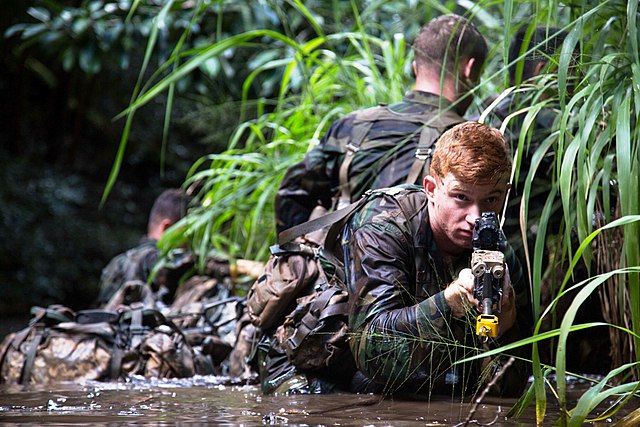
In 2014, the program reopened in Hawaii as the Jungle Operations Training Course. It is a 12-day program focused on jungle mobility training, combat tracking, waterborne operations, situational training exercises and survival training.
Upon graduating, soldiers will have learned the techniques necessary to fight and survive in a jungle environment.
